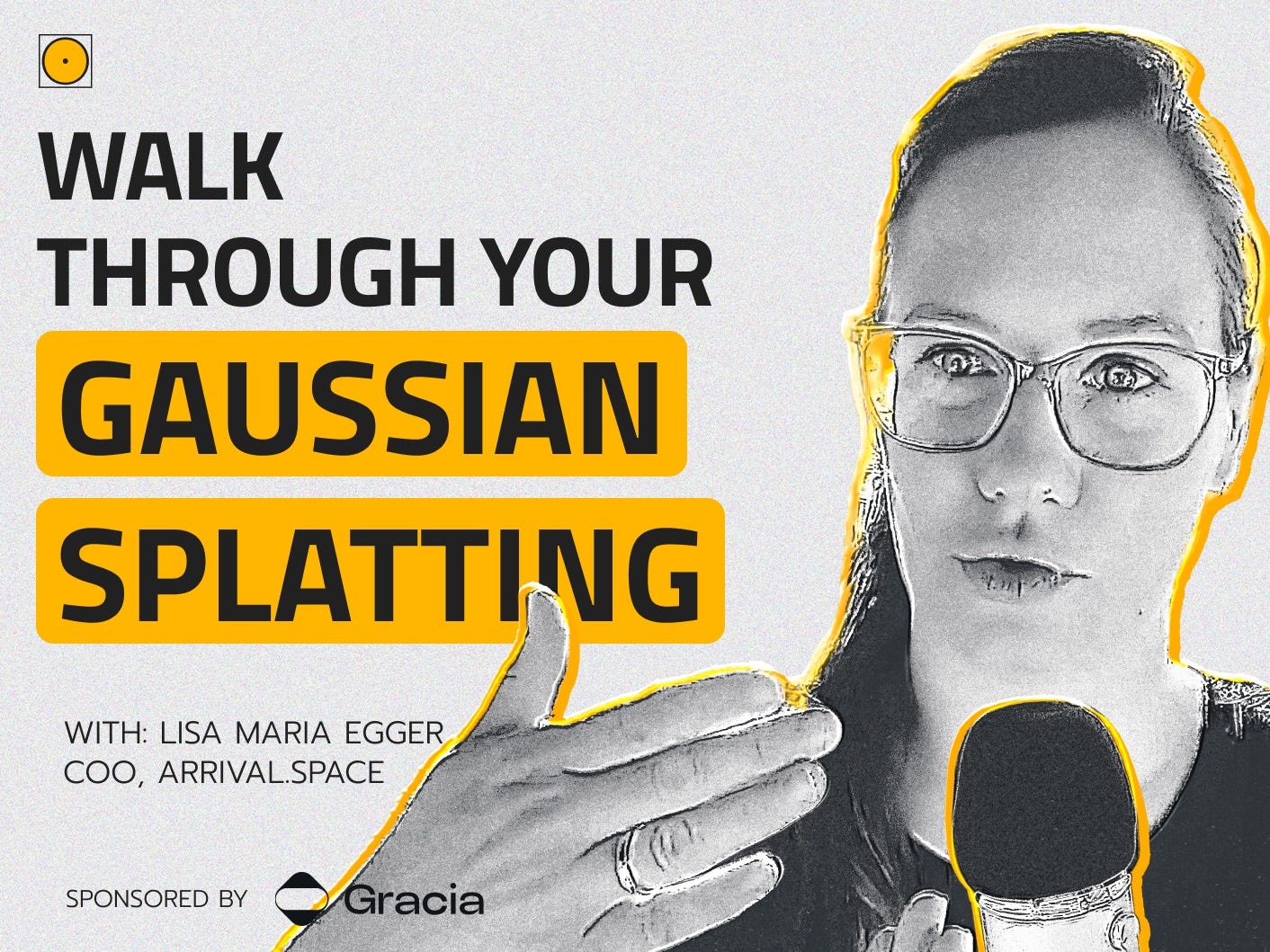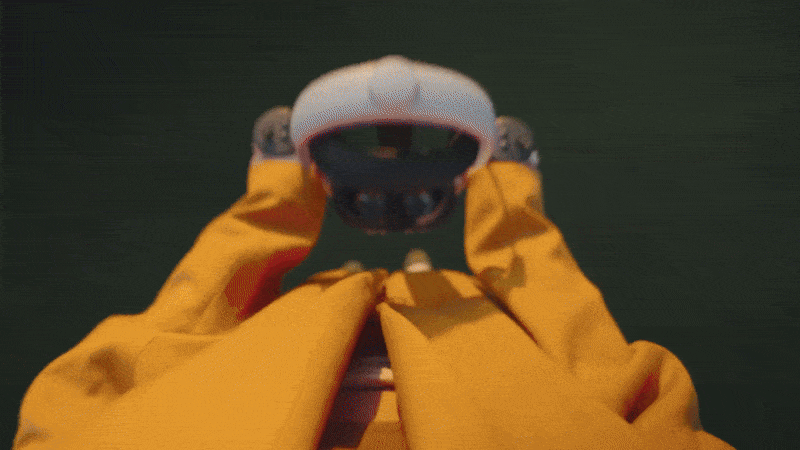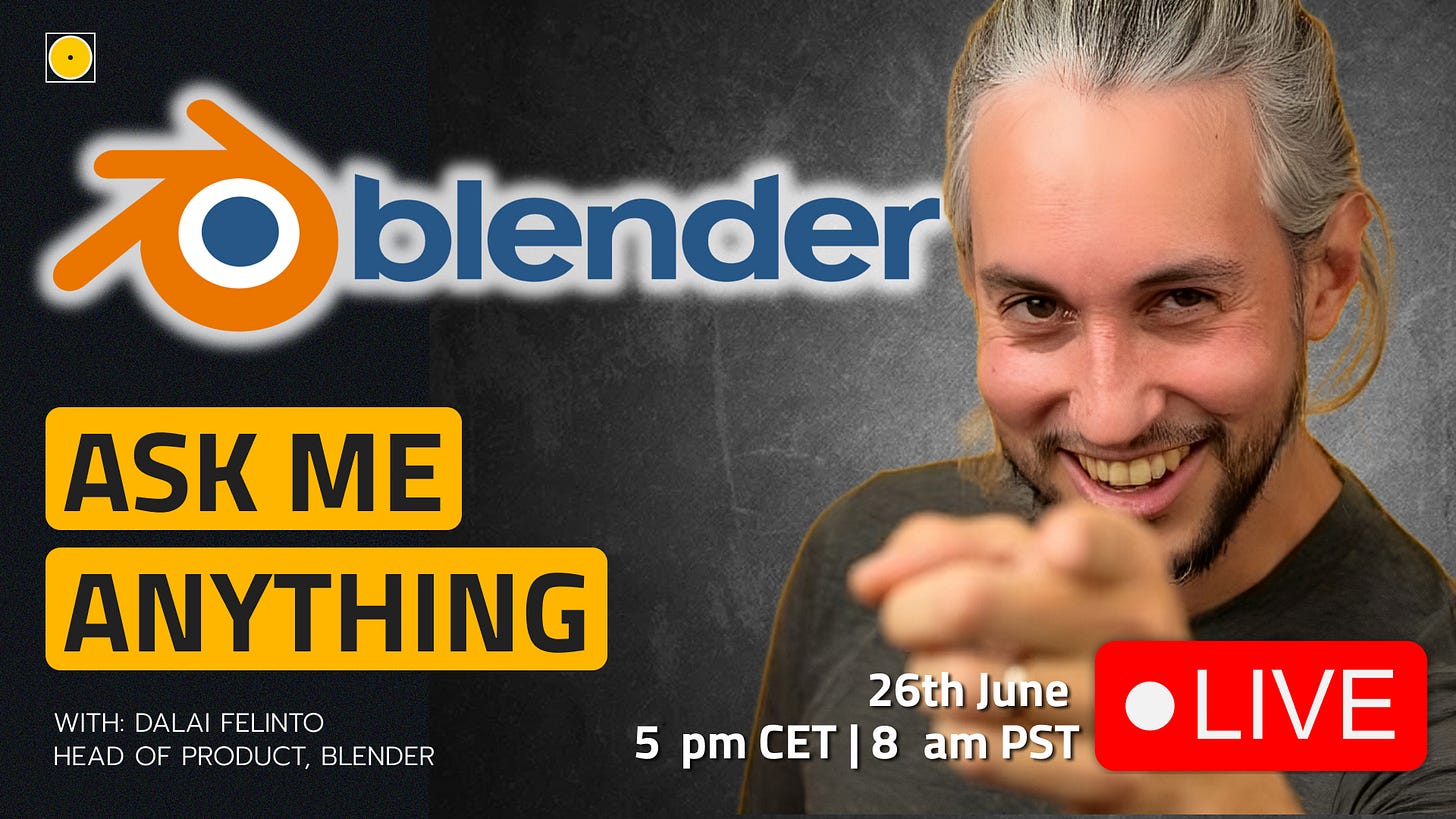Turn Gaussian Splatting Into Walkable Worlds
Arrival.Space lets you build connected worlds on the web
In this in-depth conversation, Lisa Maria Egger, COO and co-founder of Arrival Space, walks us through how her team is redefining the immersive web using Gaussian splats, shared spatial experiences, and open-web interoperability. We explore how you can make your splats walkable, creator monetisation, and the importance of persistent, shared 3D spaces.
Before getting into the interview, I wanted to quickly introduce you to today’s sponsor Gracia AI. Gracia AI is the only app that allows you to experience Gaussian Splatting volumetric videos on a standalone headset, either in VR or MR.
It is a truly impressive experience and I recommend you to try it out right now on your Quest or PC-powered headset.
Interview with Lisa Maria Egger
Can you explain what Arrival Space is and how it relates to the original idea of the metaverse?
Lisa Maria Egger: For us, the 3D web and the fully connected immersive web are the next logical steps. It’s about persistent, social, immersive experiences that are open and interoperable. Accessibility and interoperability are the keys to unlocking this new spatial web era. We’re building Arrival Space on the open web because that’s where meaningful connection and creator empowerment happen. It’s not a closed system; it’s a fluid, interactive internet experience where creators can really build and connect.
What does interoperability mean for Arrival Space, and how do you make that work in practice?
Lisa Maria Egger: Interoperability means linking entirely different platforms together, not just spaces within the same app. On the web, this is more achievable than in walled-garden apps. We’re not just building isolated experiences, we’re helping creators build bridges. That means creators can have portals in their Arrival Space linking to work they've done elsewhere, all from one central, seamless experience.
What kind of platforms can you link to from within Arrival Space?
Lisa Maria Egger: Creators can link to a wide range of platforms: Frame, Hubs, Spatial, even client worlds they’ve developed elsewhere. This is essential for XR professionals who build across different environments. With Arrival Space, they can unify those experiences into a single entry point that looks and feels cohesive. That’s why we think of it like a 3D version of Linktree.
Once someone claims their Arrival Space, what kind of content can they put in it?
Lisa Maria Egger: It starts as a blank slate. From there, you can add all kinds of media (your Instagram, YouTube, Calendly, website links) so non-XR users can bridge into 3D easily. Then, for more advanced users, it's a canvas to showcase high-quality 3D assets, 360 video, meshes, Gaussian Splatting, and more. And there’s multiplayer. That adds this whole layer of social interaction. People can really communicate and co-experience within these spaces. It’s about accessibility and depth.
Just a quick break to let you know that on Thursday 26th, I will host a LIVE AMA with Dalai Felinto, Head of Product at Blender. Join live, or let me know what questions you would like me to ask him.
What makes Gaussian Splatting such a game changer in Arrival Space?
Lisa Maria Egger: Making Splats walkable is huge. You upload a scene, click a button, and it becomes navigable. You don’t walk through walls, you’re guided like in a real environment. It’s very immersive. And creators can download the mesh that gets generated and use it elsewhere, like in Blender. That turns it into not just an experience but a creator tool with utility outside our platform. It really levels up what user-generated content can mean in 3D.
Can you give an example of a standout Gaussian splat project that really captured your attention?
Lisa Maria Egger: Definitely. One that stood out recently was from a Japanese creator named Studio Duck Bill. They created a train track scene near the sea, with spatial audio—waves, birds, and ambient sounds. Experiencing that on a Vision Pro headset was just mind-blowing. I felt like I had travelled there. That’s the kind of cultural and emotional depth Gaussian splats can deliver. It’s not just photorealism—it’s storytelling through space, and that’s what’s so exciting about where this is heading.
How does the Super Splat editor and PlayCanvas fit into Arrival Space?
Lisa Maria Egger: We integrated the Super Splat editor from PlayCanvas directly into Arrival Space. We love what they’re doing. It allows advanced users to merge and upload splats really efficiently. You don’t need to export and re-import, it just goes directly into Arrival. This helps a lot for people working with photogrammetry and realistic spatial data, and it lets them quickly iterate and deploy immersive environments right from the platform.
What kind of spaces are people building in Arrival Space?
Lisa Maria Egger: It’s a mix. We see high-quality splats and XR presentations, but also artistic showcases, educational hubs, even Nike shoe browsing. Universities are testing with students. We’ve got community hangouts, museums, and memorial spaces. It’s very open-ended. But the core is about letting creators build and share immersive 3D content easily, whatever the use case might be.
Which devices do most people use to access Arrival Space?
Lisa Maria Egger: Most people still access via desktop first, then mobile, and then VR. VR is an amazing experience, we’ve put in a lot of effort to make it work well, especially on Vision Pro. But for accessibility and ease, we had to make it work great across all platforms. Not everyone has a headset, so our job is to provide multiple levels of immersion. You can pinch and teleport in Vision Pro or just browse casually on your phone.
How are creators incentivised to build and share on Arrival Space?
Lisa Maria Egger: It’s about giving them tools to show their work. For non-pros, it’s easy to get started. For pros, it’s a polished way to present what they do. We’ve seen creators use the “claim-add-share” loop. It becomes their 3D home. And we support them promoting their work, listening to their feedback. Our Discord is super active and it's a vital feedback channel for us.
How are you monetising Arrival Space as a platform?
Lisa Maria Egger: We’ve rolled out a pro SaaS model. There’s a generous free tier and a paid pro tier with more customisation, like skyboxes and advanced features. Soon we’re adding monetization for gates and content. Creators will be able to sell 3D assets, splats, or gated experiences like VR hikes. It’s a huge request from our users, and we’re working on features to make that happen later this year. It’s all about empowering creators to earn from what they build.
How do you see Gaussian splatting evolving as a content medium within Arrival Space?
Lisa Maria Egger: I think it’s already pushing the boundaries of what creators can build and share. We’re seeing people use splats for everything from virtual tourism to 3D storytelling. Because you can create photorealistic environments that are lightweight and stream well on the web, it’s unlocking possibilities we didn’t have before. And with tools like the Super Splat Editor and AI mesh generation, even non-technical users are building immersive scenes that look stunning and feel real.
Do not forget to check out the full interview on your favourite platform 👇
That’s it for today
See you next week







